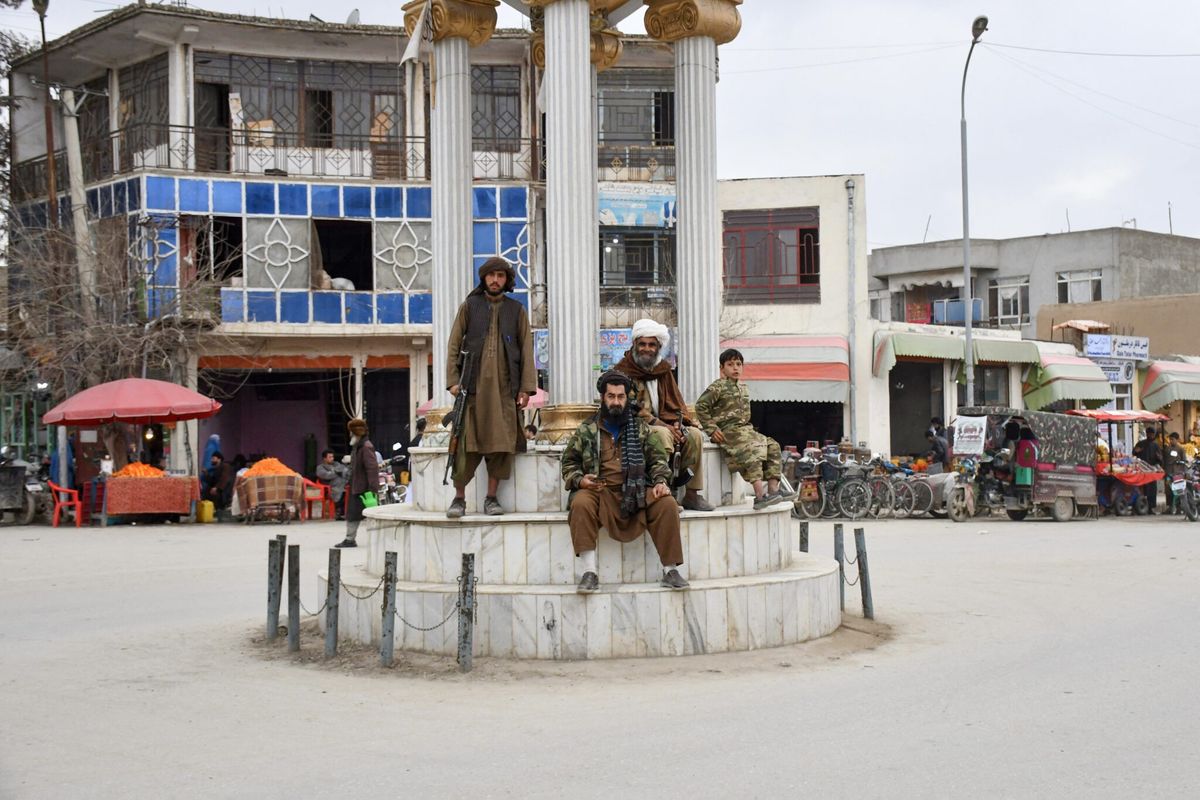Military security assistance as it is currently applied is an outdated, myopic approach. It is characterized by ambiguous funding timelines, stove piped information, and the lack of unified resource application. The U.S. can significantly increase the efficacy of security assistance resourcing through a holistic approach, integrating private and federal programs.
One of my greatest challenges as a security assistance officer (SCO) is an unpredictable budget. It is extremely difficult to plan long-term engagement, institution building, or funding transitions with a partner when we don’t have a long-term budget. Unpredictable budgets equal unpredictable plans. The vast majority of the resources that the U.S. provides partner nations are on an annual authorization cycle: Foreign Military Financing, International Military Education and Training, Counter Terrorism Partnership Fund, and section 1206 funding (Train and Equip). Annual funding and the absence of assessments (tied to future funding) create an environment where the objective becomes the expenditure of resources instead of the achievement of a sustainable capacity.
Donor coordination is also a challenge. Many developing countries have a host of donors in security assistance, but lack a coordination platform. In bilateral discussions with donors, there are generally parallels with U.S. goals. However, as you include more donors, bilateral interests with the recipient grow more complex. On continents like Africa, where colonial history plays a large role in relationships, the U.S. is either unwilling to take the lead, or there are some donor nations who are not inclined to coordinate for fear of losing influence.
Two examples of this challenge are the U.S. military security assistance programs in Somalia and the Democratic Republic of the Congo (DRC).
In Somalia, there is approximately $800 million in total donor assistance; about $700 million of that comes from the U.S. However, there is no functioning global donor assistance coordination body. Complicating matters, we have no U.S. Embassy or office of security cooperation in Mogadishu.
In contrast, in the DRC, the United Nations mission (MONUSCO) is supposed to be the primary coordination body, but it competes with several bilateral relationships and the European Union mission to provide advice and assistance for security sector reform. Even with an energized U.S. Ambassador, there is no one organization or lead country to help administer and synchronize assistance.
What opportunities and recommendations for security assistance arise from these challenges?
U.S. Leadership. As a global leader, the U.S. should establish donor coordination groups backed by our President and Department of State, as the U.S. did for Armenia in 2008-2010. During this time period, I observed the NATO country ambassadors hold regular donor assistance meetings. The “Chair” country rotated on a regular basis and gave collective assessments and recommendations ensuring equality and transparency. This enabled bilateral efforts to be aligned with multilateral assistance. The U.S. has the capacity to be the catalyst for developing this form of coordination across the globe.
Interface with Private Sector. There is significant opportunity for military assistance to interface with private industry in order for the Department of Defense (DoD) and public investment to have a more stable planning horizon. Private investment tends to be less suspicious than government-to-government funding, and private industry typically accesses senior government officials in Africa at a much earlier timeline than standard defense consultations. A more predictable private sector investment plan, with military security assistance objectives, may demonstrate a more cohesive, predictable State-to State-relationship.
An example of where this could be effective is the Anadarko energy project in Mozambique, where the discovery of more than 75 trillion cubic feet of recoverable natural gas resources may attract nefarious actors, necessitating internal security requirements. This private industry endeavor is an opportunity for the country and Anadarko to work with the Combatant Command (COCOM) on regional exercises and threat assessments. USAID could implement democracy and governance initiatives. With this holistic approach, the U.S. government can serve as a positive influence for security, economic prosperity and good governance. The COCOM reduces the security threat so the private industry has a more secure area to operate. This approach allows the U.S. to be flexible and innovative; everyone wins.
Security Cooperation Capstone Event. In many countries, our security cooperation resources are funded through a series of small, unassociated programs. A technique for getting more value out of these resources is linking them into a capstone event. By combining a series of events into one, an SCO can achieve much greater results and will likely draw interest from other partner nation offices (mayor, police, medical, local business), which in turn opens engagement to several offices within a U.S. Embassy. By implementing this security assistance capstone event, the U.S. creates a platform for donor and private industry coordination and collaboration.
State Partnership Program. The State Partnership Program (SPP), a component of the U.S. National Guard, partners American states with countries to support security cooperation objectives. SPP can have a significant impact beyond military engagement, extending to universities, Chambers of Commerce, community policing programs, and think tanks. The program is a great way to open the conversation beyond the military and take a holistic approach to a bilateral relationship.
So, what next?
By combining our public, private, and military efforts, creating multi-donor coordination platforms, and expanding SPP authorities, we can defeat the “enemy.” Reliance on a 20th century approach to resourcing in a 21st century security environment is diminishing our returns in security assistance. The time is right to approach U.S. military assistance in a way that recognizes that every theater, country, and relationship is different. This will require a top-down leadership approach from both the State Department and DoD. U.S. Ambassadors, Combatant Commanders, and business leaders need to be encouraged to coordinate and be empowered to take innovative action. Our competitors, like China and Russia, follow far fewer rules, which has put us at a disadvantage. We should not change our rules, however, but rather maximize the separate sectors of U.S. society by combining them into a holistic military assistance strategy.












